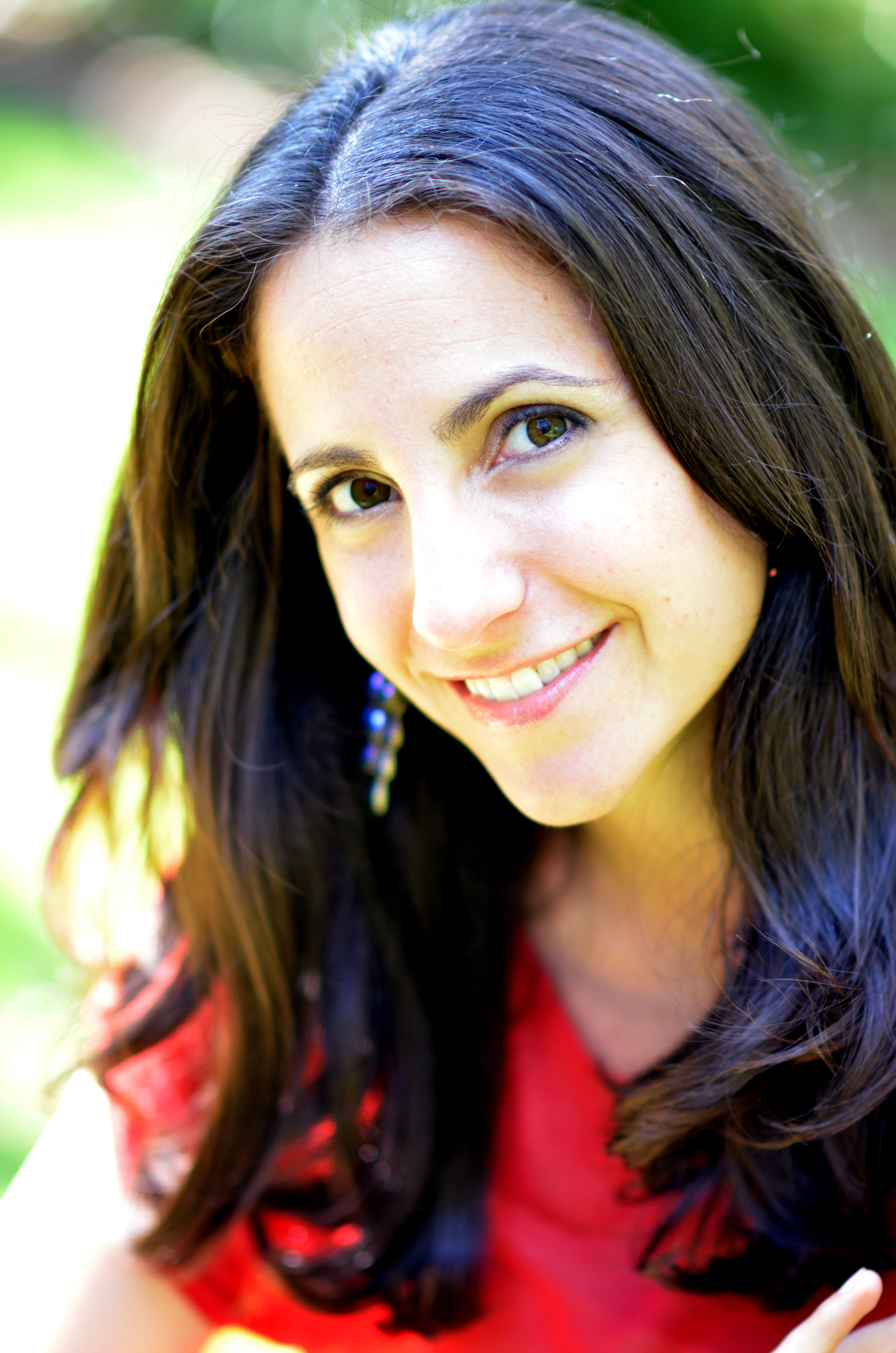11 Dec Co-blogging with Dr. Stephanie, installment IV!
 Our adventures in co-blogging continue with Dr. Stephanie, MD, RYT! Before you read on, be sure to check out her special lecture series event: “Sacred Body Astrology,” on Sat, Dec 15th; she’ll be joined by renowned astrologer Rebecca Gordon for a 4-hour workshop on the anatomy of your astrology.
Our adventures in co-blogging continue with Dr. Stephanie, MD, RYT! Before you read on, be sure to check out her special lecture series event: “Sacred Body Astrology,” on Sat, Dec 15th; she’ll be joined by renowned astrologer Rebecca Gordon for a 4-hour workshop on the anatomy of your astrology.
Explore her recent blog post: “Your body, your Self: Use your core to find your center” & catch up with installments I, II and III…stay tuned for future blog shares!
“Engage your core!” is a popular chant in yoga class, Pilates studios, gyms… even offices, where workers are sitting on Physio Balls trying to maximize their “core strength.”
“The core” is an old concept and contemporary term that refers to anatomically and functionally interconnected muscles of the lower back, abdomen & pelvis. These muscles function synergistically to stabilize the spine, and include: the diaphragm (“roof”), the pelvic diaphragm (“floor”), the anterior abdominal wall muscles (antero-laterally), and the deep muscles of the back (posteriorly). Together, they help the trunk maintain a protective posture in the face of destabilizing forces—like a moving subway, a football tackle, or flailing limbs during dance class.
The core muscles are distinguished from other stabilizing muscles in the body due to their location, which encompasses the body’s center of mass (located in the midline of the body, anteriorly to the second sacral vertebra). The center of mass is important because the rest of the body (or the rest of the mass of any system, for that matter) behaves as if all of its mass were concentrated there; as a result, the center of mass is the point around which the body can be balanced. For instance, when standing on one leg in the yoga Tree pose, once you find your center, it does not matter how your free leg is positioned— with its foot resting on your ankle versus calf versus inner thigh—your balance will not be disturbed. It will likewise not be disturbed if your hands are in prayer position in front of your heart, or above you, reaching toward the sky. But the converse is also true— if you are unable to find your center, you will not be successful at standing on one leg regardless of where the free foot is placed.
Get more here.

No Comments